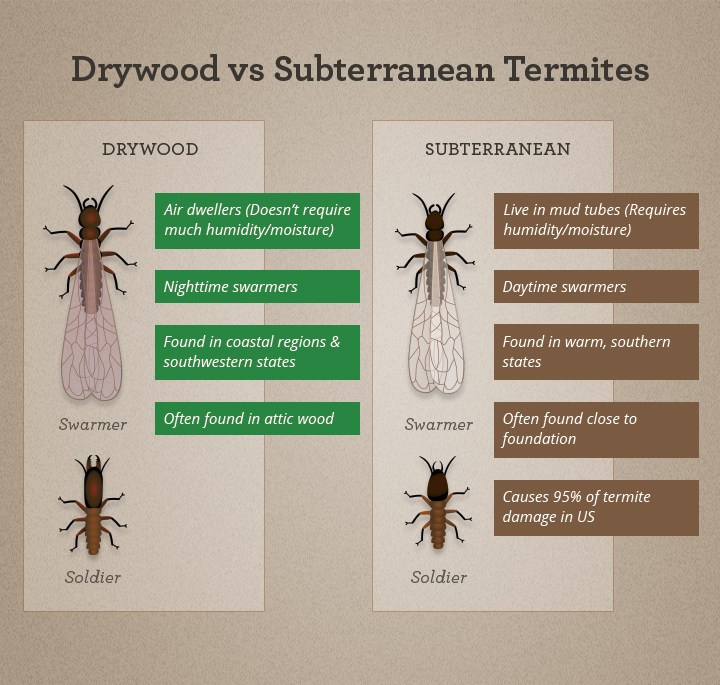It does not matter where you build. Whether it is on the Prairie or in a forest, termites are a constant threat to your home. It is estimated that termite damage, and associated repairs, cost around $1.5 billion per year in the United States.
There are three (3) types of termites. The types of termites are Drywood, Dampwood and Subterranean. In the construction phase of your project, the most applicable type of termites suitable for pretreatment are Subterranean.
Chemicals used to pretreat for termites are for soil-applied liquid applied termicides. These termicides provided a long-lasting chemical barrier which serves as a shield against termites entering the structure. Typically, Bifenthin and Permethrin is the most common for soil-applied treatments.
Bifenthin is a synthetic pyrethroid pesticide. It can be applied in concentrations of 0.1%, 0.05% and 0.25%. The percentage is based upon the lasting length of the termicide. For 0.1%, the termicide will last 10 years. Permethrin is also a synthetic chemical which has a longer staying power. It controls active termites, currently living in trees and tree stumps.

THE PROCESS
A Pretreat Program consists of three (3) separate applications.
Step 1: Measure and Graphing: The termite technicians will come to the site and document the conditions. The will measure the square footage, length of grade beams and outline in critical areas. Upon completion of documenting the house, the technicians will calculate the quantity of termicide and the type to be used. The process ends with a firm proposal for termicide treatment.
Step 2: Treat Grade Beams: Once the perimeter grade beams are excavated and the rebar is placed in the trenched, the soil edges of the grade beams are treated until saturation is complete. After soil saturation, the concrete is poured-in-place.
Step 3: Treat Slab-on- Grade: Once the gravel base is in place, the termicide is sprayed onto the packed gravel. Critical areas such as interior footings, pipe penetrations and control joints are sprayed. Once the termicide is sprayed, the vapor barrier is placed, followed by the wire ebbed fabric (WWF) and finally, the concrete slab is poured.
Step 4: The final step occurs after the structure is completed. The technician returns to the site and excavates a 6” x 6” trench along the perimeter of the foundation at grade. The trench is sprayed with termicide and then back filled with the soil.
COSTS
For estimating purposes, the overall average cost of a Pretreatment is about $.10 to $.15 per square foot for two (2) site visits.
For Pretreatment of the Grade Beams, it is typically estimated as 1 Gallon per 18” of length.
For Pretreatment of the Slab-on-Grade, with a gravel base, it is typically estimated at 1-1/2 gallon per square foot.
A gallon of Bifen I/T Insecticide/Termicide costs about $55.00 per gallon.